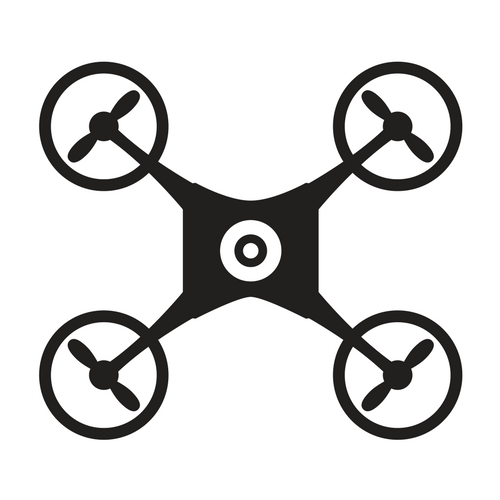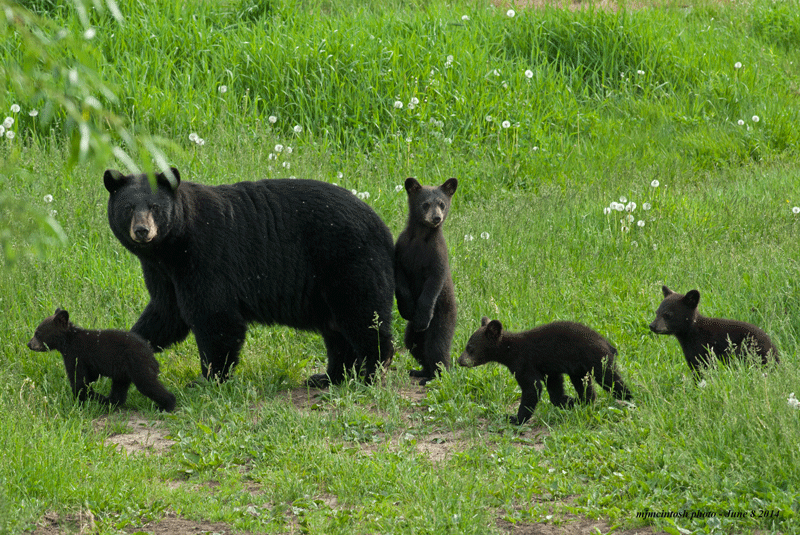Every year, any given many farmers will incur tens of thousands of dollars of crop damage to hungry bears (in some cases, up to ⅓ of a farmer’s yearly income). Though frustrating for farmers, and a significant financial loss, bears are not to blame for their behavior. Populations of bears and humans are both increasing, and scientific observations suggest that bears are more curious animals than most all carnivores and primates. In addition, bears acquire more nutrition from farmers’ crops than through foraging (in some cases, they might acquire 10x more calories from nuisance behavior).
The literature suggests that the time-held and most effective methods for eliciting a fear-response in bears is a use of firearms. As such, current practice for farmers on seeing bears eating crops is to shoot on sight. Our group was enlisted by David Kocka of the Virginia Department of Game and Inland Fisheries (VDGIF) to address the increasing problem of Virginia Black Bear (Ursus americanus) and human conflict on farms using unmanned systems, specifically unmanned aerial systems, more commonly known as drones. Anecdotally, we know, that bears exhibit a behavioral response when seeing a drone. However, experimentally, we only know that bears experience an increase in heart rate. Clearly, a lot more research into how drones might be used to deter bears needs to be done.
We decided to draw a concept map detailing our groups first problem statement brainstorming session. At the center, we wrote a simplified version of the problem: How might we deter bears from designated areas using drones? The major categories of topics we needed to research included bear deterrents, flight patterns, and technology/sensors. Beneath each heading, members of the group wrote down any idea that came to mind. Following design thinking process, we wrote down every idea we could think of so we could then group and synthesize ideas into bigger categories. Following that brainstorming session, each team member casted votes for the three best ideas beneath each category and the results were tallied. Following that, we developed experiments for our top three concepts in order to determine their fit or need for adjustment.
Biologists John Nguyen (Senior) and Jonathan Popham (Senior) explained to the other group members (Celina Wickham, Roman Pogoretskiy, and Gray Cline) how biologists do their work. The team undertook a a literature search (i.e. looking for primary literature) and how to efficiently read primary literature. The biologist established the similarities of the design approach and the scientific method and thus placed the focus of the discussion on the hypothesis. Emphasis was placed on avoiding “If…Then…” statements, as they suggest causation and biologist only propose correlation.
Practice in the scientific method and study on the natural history of the Virginia Black Bear aided Team ALARM in understanding a poorly studied field. In gathering what information exists on Black Bear conditioning, Team ALARM made efforts not only to educate themselves, but also to inform their conversations with Bear biologists regarding how bear behavior might be conditioned by Unmanned Systems.
Read about the system TEAM ALARM developed!

